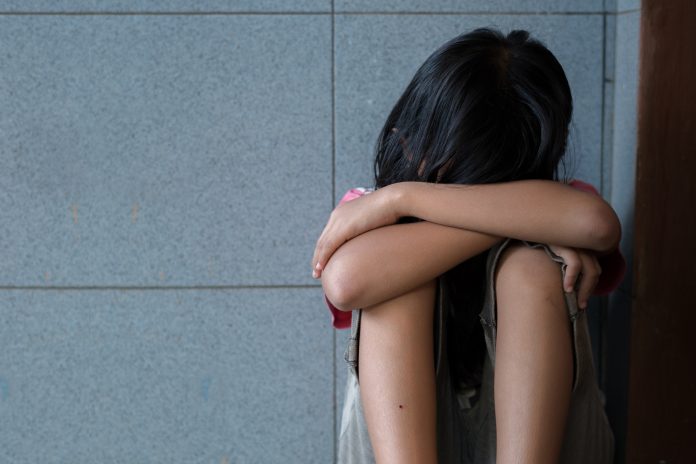A study in mice has shown long-lasting effects from juvenile social isolation and suggests methods of potential treatment
Researchers have identified specific sub-populations of brain cells in the prefrontal cortex, a key part of the brain that regulates social behaviour, that are required for normal sociability in adulthood and are profoundly vulnerable to juvenile social isolation in mice.
The COVID-19 outbreak has forced many countries to impose social distancing measures to protect populations from contracting the disease. However, many peoples mental health is suffering as a consequence.
Even as our world becomes increasingly connected over digital platforms, more and more young people are increasingly feeling isolated.
While research has shown that social isolation during childhood, in particular, is detrimental to adult brain function and behaviour across mammalian species, the underlying neural circuit mechanisms have remained poorly understood.
Researchers from the Icahn School of Medicine at Mount Sinai have now identified specific sub-populations of brain cells in the prefrontal cortex, a part of the brain that regulates social behaviour, that are required for normal sociability in adulthood are extremely vulnerable to juvenile social isolation in mice.
The findings shed light on a previously unrecognised role of these cells, known as medial prefrontal cortex neurons projecting to the paraventricular thalamus, the brain area that relays signals to various components of the brain’s reward circuitry.
Treating psychiatric disorders
If the study is replicated on humans, it could lead to treatments for psychiatric disorders connected to isolation.
Hirofumi Morishita, a professor of Psychiatry, Neuroscience, and Ophthalmology at the Icahn School of Medicine, said: “In addition to identifying this specific circuit in the prefrontal cortex that is particularly vulnerable to social isolation during childhood, we also demonstrated that the vulnerable circuit we identified is a promising target for treatments of social behaviour deficits,
“Through stimulation of the specific prefrontal circuit projecting to the thalamic area in adulthood, we were able to rescue the sociability deficits caused by juvenile social isolation.”
Furthermore, the team found that, in male mice, two weeks of social isolation immediately following weaning leads to a failure to activate medial prefrontal cortex neurons projecting to the paraventricular thalamus during social exposure in adulthood.
Juvenile isolation also led to reduced excitability of the prefrontal neurons projecting to the paraventricular thalamus and increased inhibitory input from other related neurons. This suggests a circuit mechanism underlying sociability deficits caused by juvenile social isolation.
To determine whether restoration of the activity of prefrontal projections to the paraventricular thalamus could improve sociability deficits in adult mice that underwent juvenile social isolation, the team used drugs or light pulses to stimulate the prefrontal projections to paraventricular thalamus.
By using both of these techniques, the researchers were able to quickly increase social interaction in these mice once light pulses or drugs were administered to them.
Morishita, explained: “We checked the presence of social behaviour deficits just prior to stimulation and when we checked the behaviour while the stimulation was ongoing, we found that the social behaviour deficits were reversed.”
Given that social behaviour deficits are a common dimension of many psychiatric disorders, such as autism and schizophrenia, identification of these specific prefrontal neurons will point toward targets for the improvement of social behaviour deficits.











